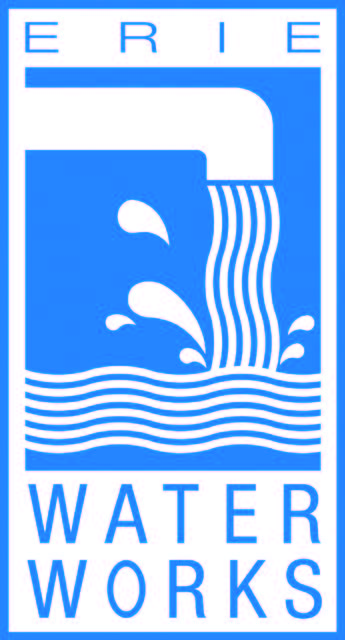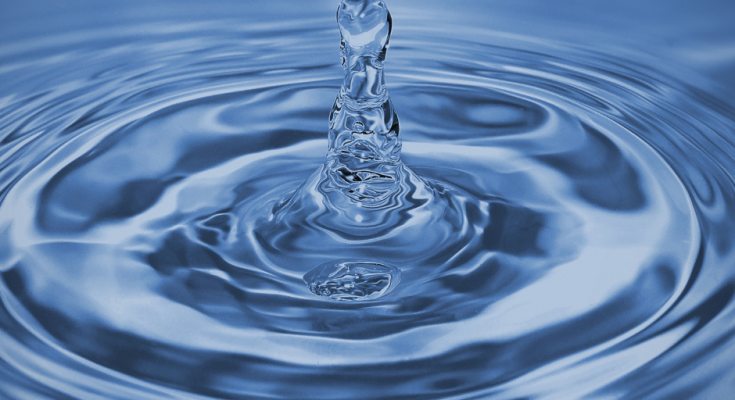
Utilities, such as water, electricity and gas, are essential services that play a vital role in economic growth development. Here, Paul Vojtek, chief executive officer and chief financial officer of Erie Water Works (EWW), provides an update on EWW’s commitment to operate, maintain and rehabilitate the water system for the Erie, Pennsylvania region.
Erie Water Works assumed operations of Erie Water Systems on January 1, 1992, but the history dates back to 1815 and incorporation in 1865. Tell us more.
Erie has a rich history of providing water service to the residents and businesses in Northwest Pennsylvania. It began in the early 1800s with an above ground “public fire-log” system originally used to fight fires, and has grown to a state-of- the-art water system providing potable water to more than 220,000 people via 63,000 direct customers as well as public fire protection through a network of more than 4,100 fire hydrants.
Potable water is essential to economic growth and development. Please explain.
Reliable water service, both quantity and quality, is necessary to support a high quality of life as well as support economic development. Erie Water Works has been involved in numerous economic development initiatives for businesses looking to relocate in Erie, and existing businesses looking to expand their current operations. With more than $400 million invested in rehabilitating and modernizing the water system since the Erie Water Works assumed operations of the system in 1992, EWW now enjoys approximately 60-percent excess capacity and is poised to meet the current and future needs of our business community.
Describe your operations today.
Erie Water Works is governed by a nine-member board of directors, with six members residing in the City of Erie, two members from Millcreek Township and one member from Harborcreek Township. Of the nine, two members are appointed by the Mayor of Erie and seven by members of Erie City Council. EWW currently has 110 employees. Water is provided by our primary treatment plant, Richard S. Wasielewski Water Treatment Plant and our secondary plant located at the Foot of Chestnut Street and the Bayfront Parkway. The water system includes more than 775 miles of underground pipe, 27 pump stations, 17 storage facilities and 23 pressure districts.
What does your current service area include?
Erie Water Works provides potable water service and public and private fire protection to more than 63,000 residential and commercial customers (more than 220,000 people) located in the City of Erie, Lawrence Park Township, Wesleyville Borough, Harborcreek Township, Millcreek Township, McKean Township, McKean Borough, and portions of Summit and Greene Townships. EWW also provides water to areas of Fairview and Summit Townships through bulk water take points.
In order to guarantee safe, uninterrupted, reasonably priced water supplies, which assures public health, EWW must continuously evaluate infrastructure and technology. What are some of the latest upgrades and investments that have been made?

The most important and impactful upgrade Erie Water Works has ever undertaken was the three-phase, complete renovation of the Richard S. Wasielewski Water Treatment Plant scheduled to be completed in the summer of 2023. It serves as the primary water treatment facility for EWW and has undergone a more than $100 million renovation which included: an emergency diesel-fueled backup power generator; new high-efficiency pumps and piping; a state-of- the-art membrane filtration system, and the full renovation and modernization of the 1930s era facility. This investment will guarantee the people of Northwest PA continue to receive the highest quality water available to a public drinking water system for decades to come.
What’s ahead for EWW in the coming year?
Lead line replacement is getting a lot of publicity lately. Since 1994, EWW has been adding a food-grade phosphate to its water supply to control the corrosiveness of the water while creating a thin micro-film barrier on the inside of the pipes carrying the water. This has kept lead readings at undetectable levels for nearly three decades. In addition to this additive, EWW has been working for nearly 20 years to remove the sources of lead from our system. With the national effort to remove all potential sources of lead from public water supplies, the federal government has been providing funding for systems that have a reliable inventory of where those sources may be.
I’m extremely proud of the professional team at EWW for being ahead of the curve in their preparations to request federal funding to remove the sources of lead from our system. EWW’s team worked on the required inventory and was well prepared to request funding before many providers had taken any steps to identify lead sources in their systems. As a result, EWW has been awarded $21.4 million in grants and another $3.1 million in 1-percent loans in the first two rounds of funding to continue our efforts. Contracts have been awarded and EWW customers can expect to see crews in the region working diligently on this important project.
An additional $6 million has been requested and plans are in the works to apply for a fourth round of funding that is expected to provide adequate funding to complete the job. Of course, the phosphate additive is still being used throughout the water treatment process, but EWW is excited to be a leader in the nationwide effort to maintain the safety and integrity of public water supplies!
For more information, visit eriewater.org.
.












